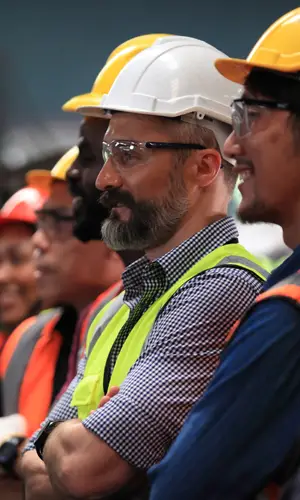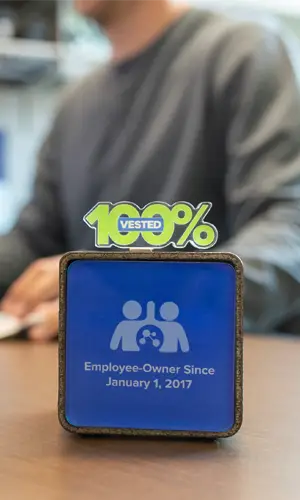Rocky Boy’s/North Central Montana Regional Water System
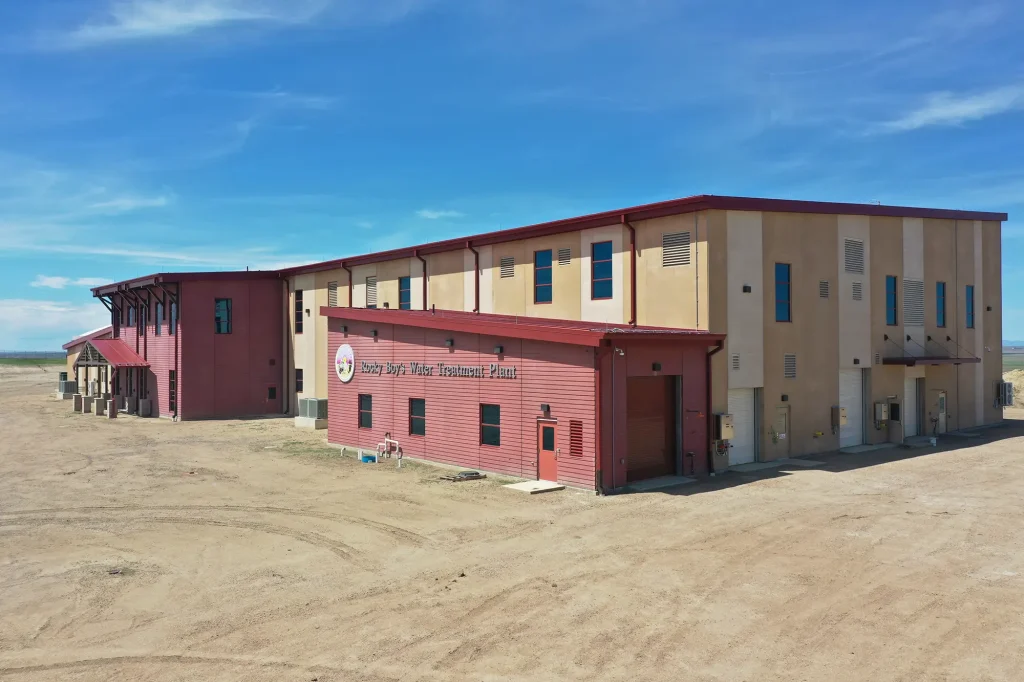
ROCKY BOY’S/NORTH CENTRAL MONTANA REGIONAL WATER SYSTEM Rocky Boy’s Reservation and North Central Montana About the Project The Chippewa Cree Tribe of the Rocky Boy’s Reservation and the State of Montana, through the Reserved Water Rights Commission, negotiated a settlement of the Tribe’s Water Rights Claims. The Compact, ratified by the 1997 Montana Legislature and […]
Grand Forks Regional Water Treatment Plant
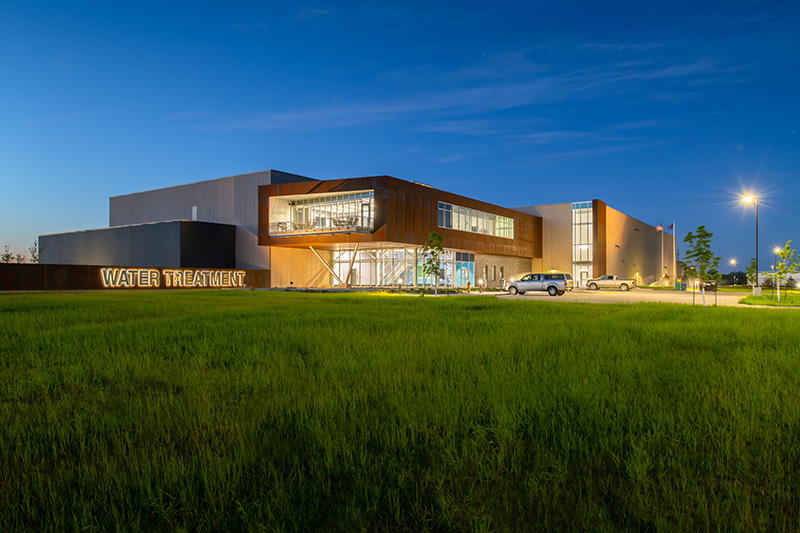
GRAND FORKS REGIONAL WATER TREATMENT PLANT Grand Forks, North Dakota Challenges Necessitate New Regional Water Treatment Plant The new Grand Forks Regional Water Treatment Plant (GFRWTP) is a 20 million gallons per day hybrid water treatment facility that includes parallel conventional and membrane treatment processes that address key regulatory and water quality challenges, increased water […]
Fargo Membrane Water Treatment Plant UV System
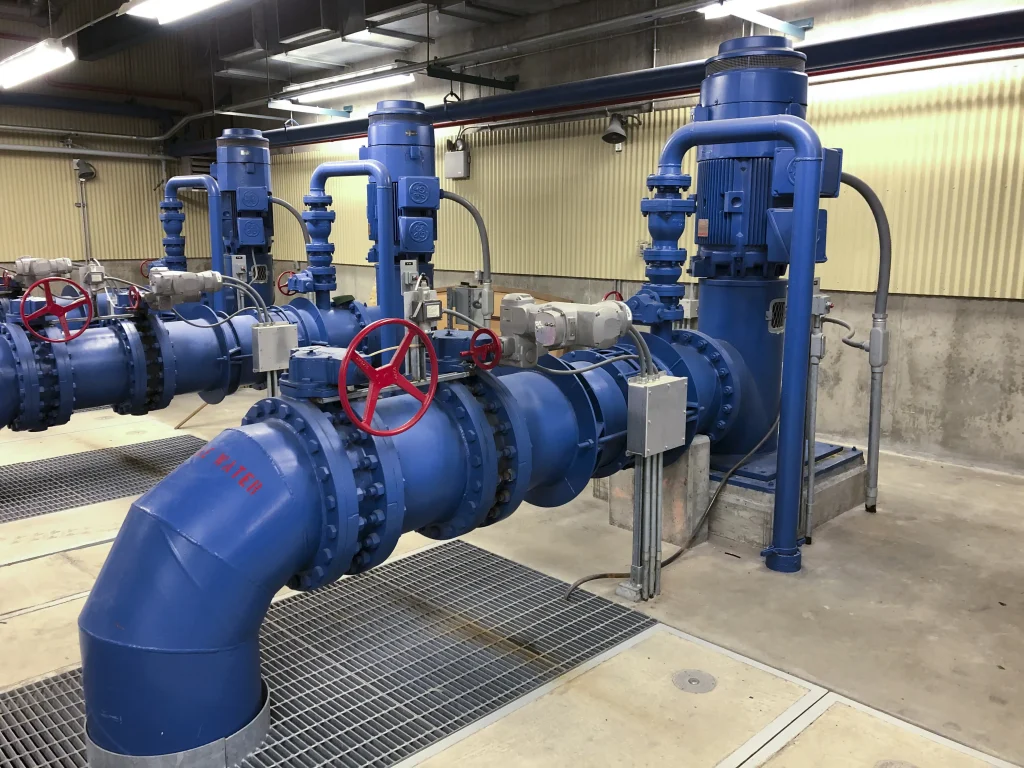
LIME SOFTENING WATER TREATMENT PLANT PRETREATMENT & CRYPTOSPORIDIUM COMPLIANCE Fargo, North Dakota New Classification in the Sheyenne River Recent sampling on the Sheyenne River discovered an increase in Cryptosporidium (Crypto) concentration, which reclassified the Fargo Lime Softening Water Treatment Plant (LSWTP) from Bin 1 to Bin 2 per the Long-Term 2 Enhanced Surface Water Treatment […]
Schoolmarm Water Storage Tank Improvements and Distribution Pipeline Replacement
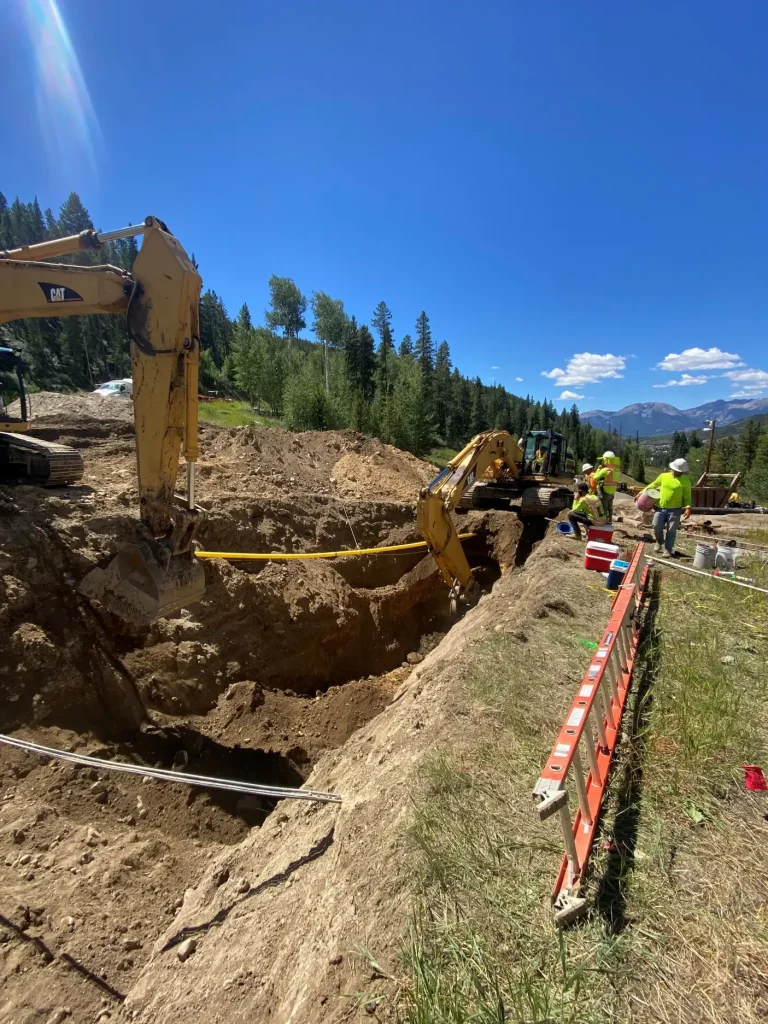
School Marm Water Transmission Replacements Keystone, Colorado Project Overview The one-million-gallon Schoolmarm Water storage tank is the only water storage source that feeds Snake River Water District’s base 2 pressure zone. Upon completion of a risk assessment during AE2S’s SRWD Master Plan, the 12-inch ductile iron pipe that connects this tank to the system was […]
PFAS Sampling Assistance and Treatment Options
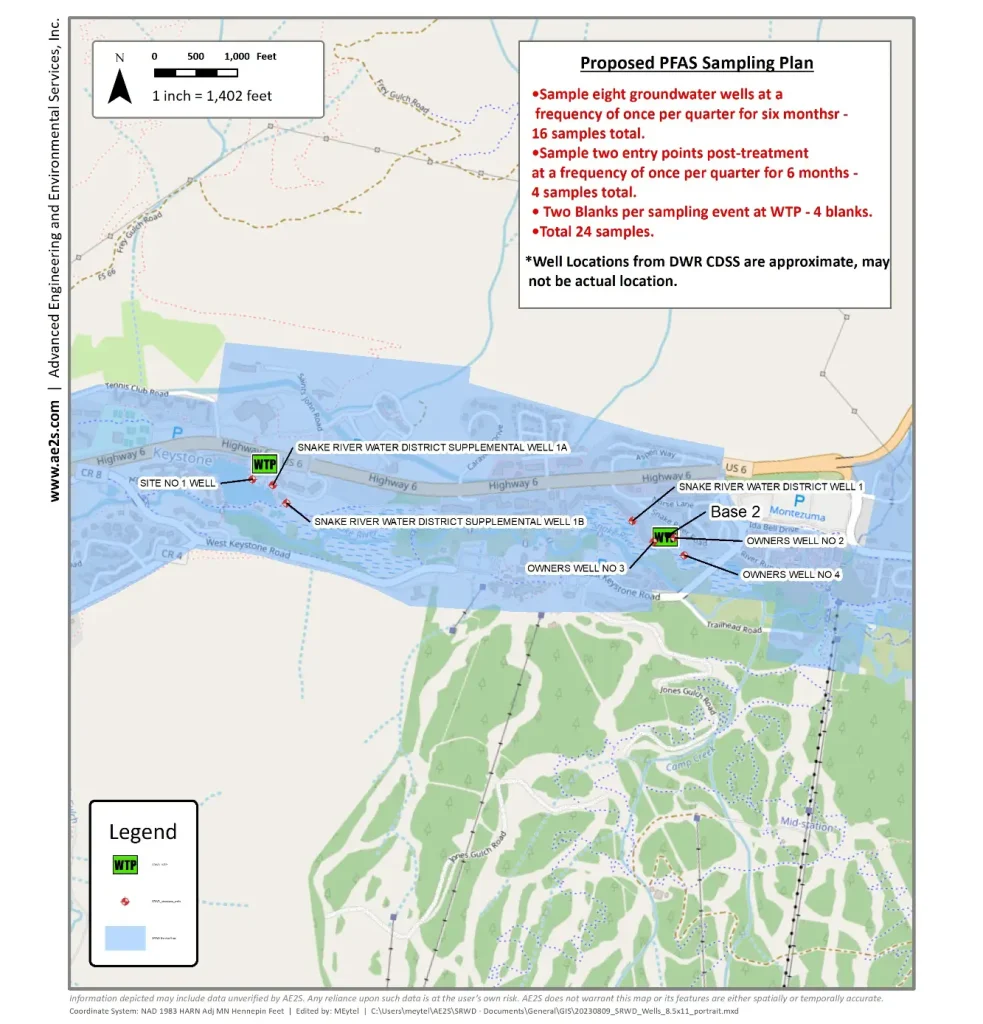
PFAS Sampling Assistance and Treatment Options Keystone, Colorado Project Purpose AE2S worked collaboratively with Snake River Water District (SRWD) to develop an investigation of the level of PFAS contamination in SRWD facilities and design a treatment alternative to meet the proposed PFAS regulations. In addition, AE2S is assisting SRWD in obtaining CDPHE PFAS SB 20-218 […]
Helena, Montana Water Treatment Plant System Master Plan
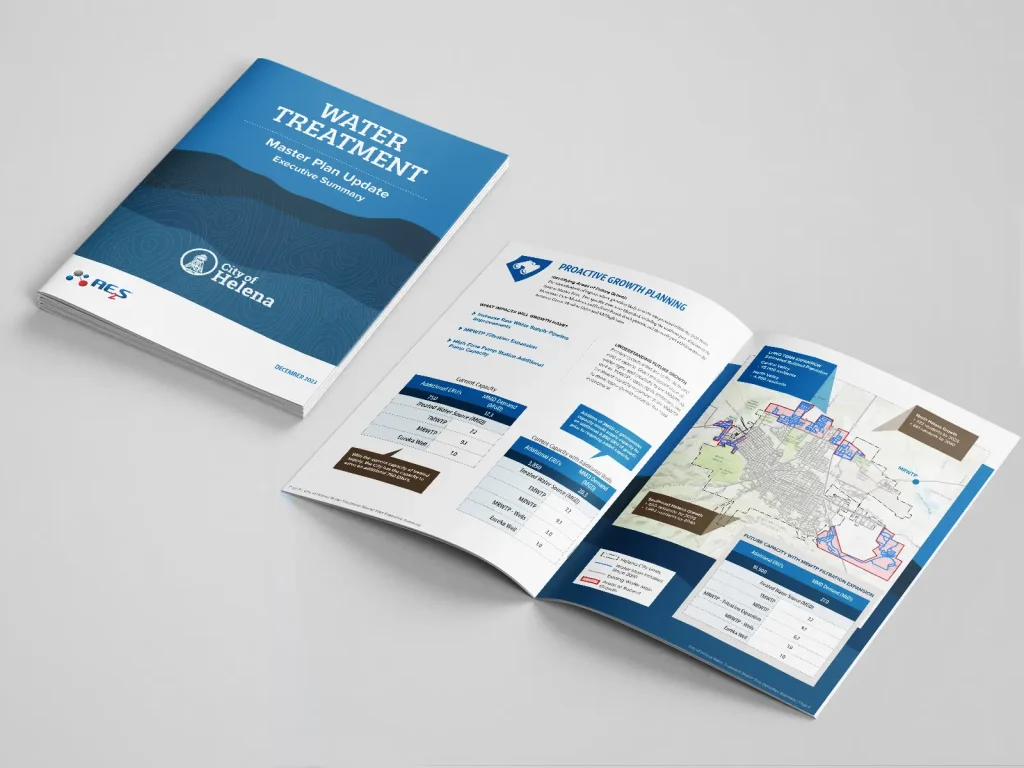
WATER TREATMENT PLANT MASTER PLAN Helena, Montana Looking Toward the Future The City of Helena was looking for a 20-year roadmap for their water treatment service that would address aging infrastructure, increase operating efficiencies and reliability, and provide for population growth. Required details included addressing regulatory requirements, strategies to improve system operations, maintenance and asset […]
Great Falls Water Treatment Plant Solids Mitigation
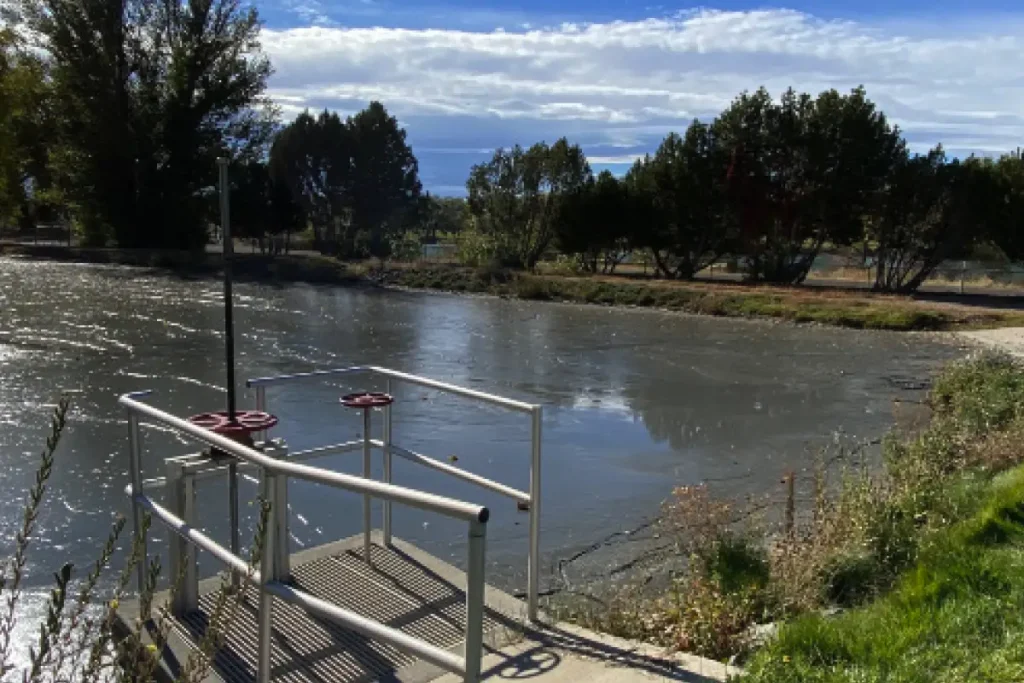
WATER TREATMENT PLANT SOLIDS MITIGATION Great Falls, Montana The Need for the Project The Great Falls WTP treats water from the Missouri River using a series of processes, including a traveling bar screen to remove large debris from the raw water intake stream and sedimentation/filtration, utilizing aluminum sulfate (alum) as the primary coagulant, to remove […]
Lethbridge Solids Handling – Rotary Fan Presses
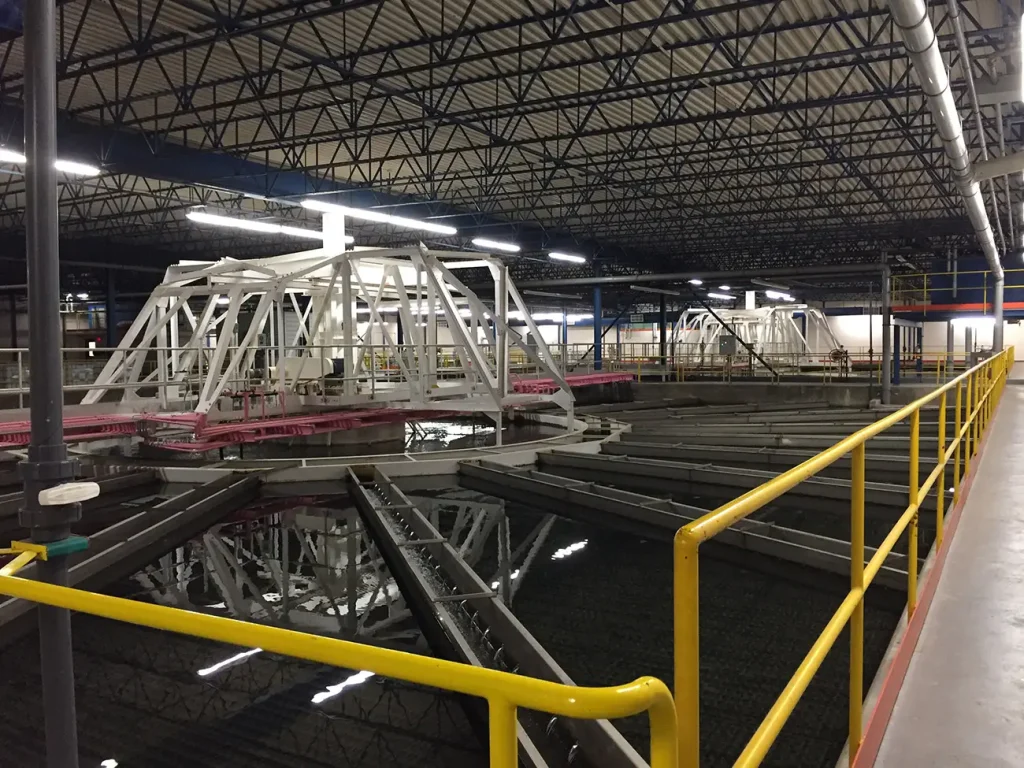
Lethbridge Solids Handling – Rotary Fan Presses – Lethbridge, Alberta Canada About the Project The City of Lethbridge began operation of its Water Treatment Plant (WTP) No. 3 in 1983 to provide potable water to its residents with an operational capacity of 120 mega-litres per day (MLD). Over the years, the City has experienced a […]
Brandon South Dakota Water Treatment Plant Expansion
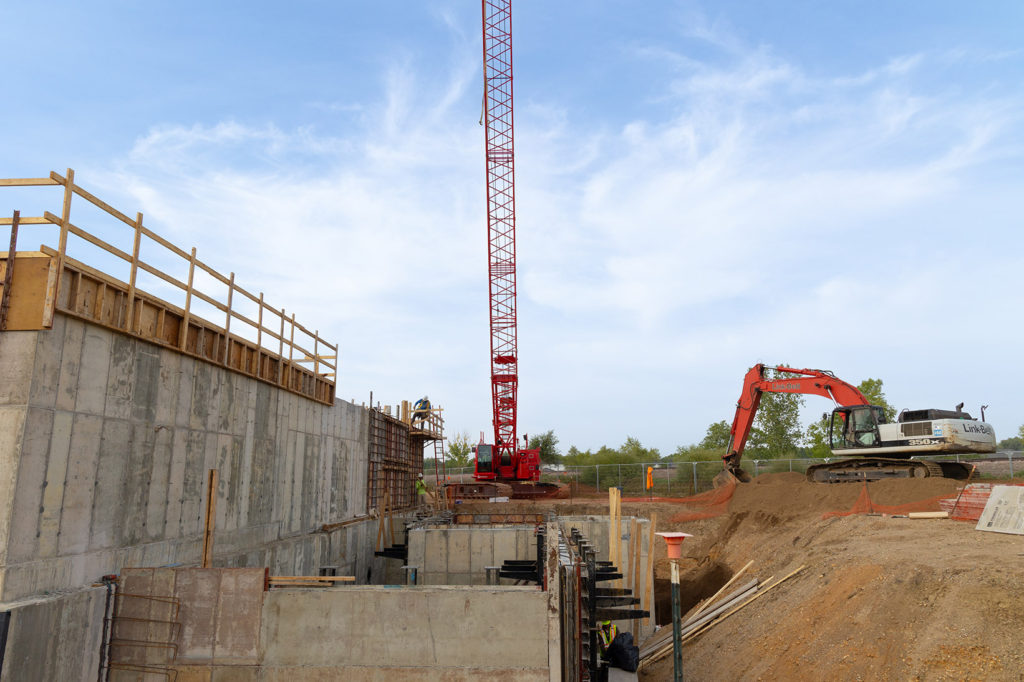
Water Treatment Plant Expansion – Brandon, South Dakota About the Project The City of Brandon has been experiencing steady growth, which has increased the demand for water from the City’s current WTP. Planning for continued growth the City worked with AE2S to evaluate expansion alternatives and also consider the softening treatment. The City ultimately made […]
Rocky Boy’s/North Central Montana Regional Water System Water Treatment Plant Ground Storage Reservoir
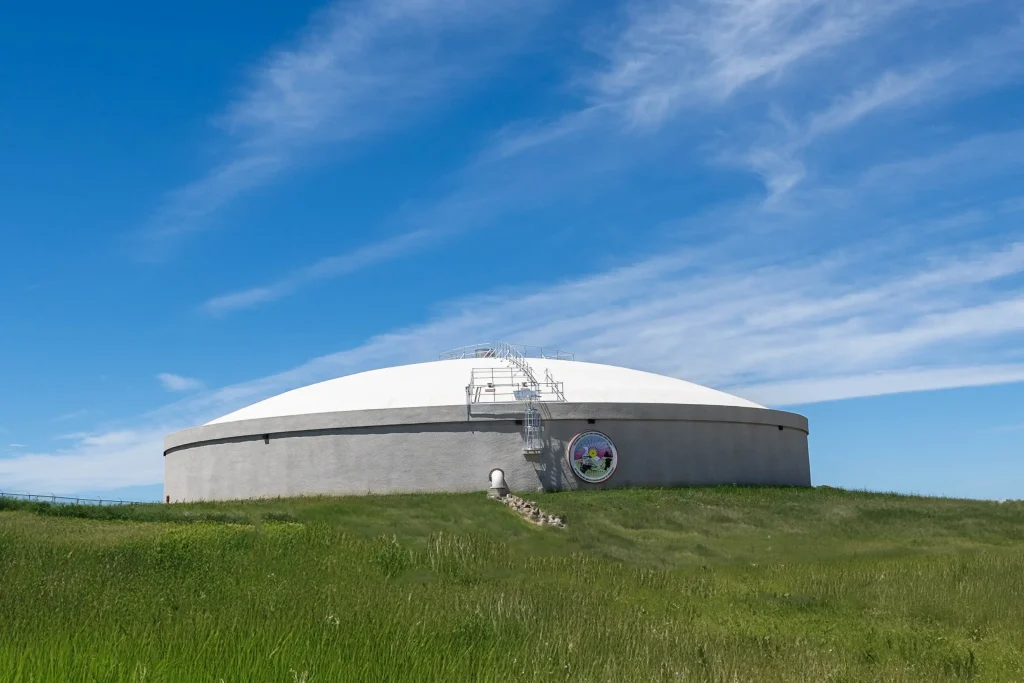
Rocky Boy’s WTP Ground Storage Reservoir About the Project In 2018, as part of the Rocky Boy’s/North Central Montana Regional Water System Project, AE2S began design efforts for the Rocky Boy’s Water Treatment Plant (WTP) Project. During the design process, the need for 3 million gallons of on-site storage was identified. With the approximate size […]

